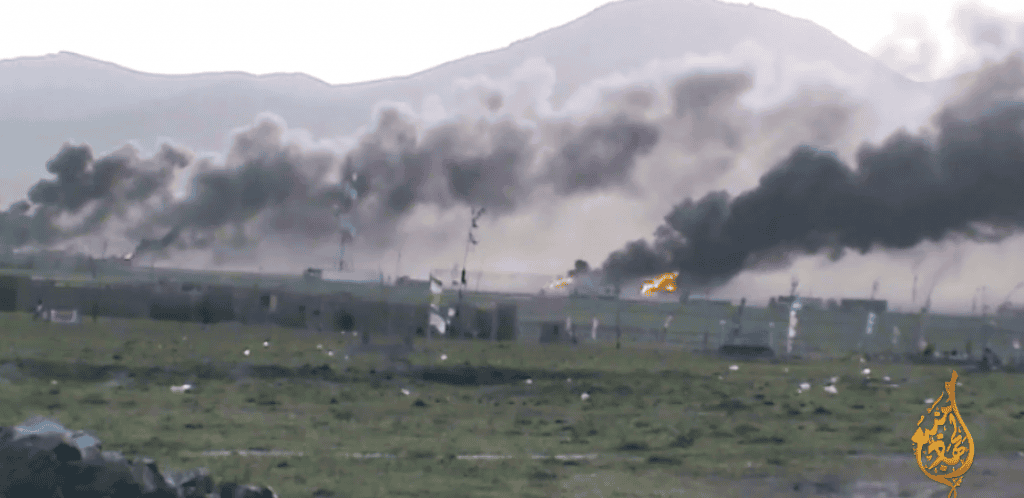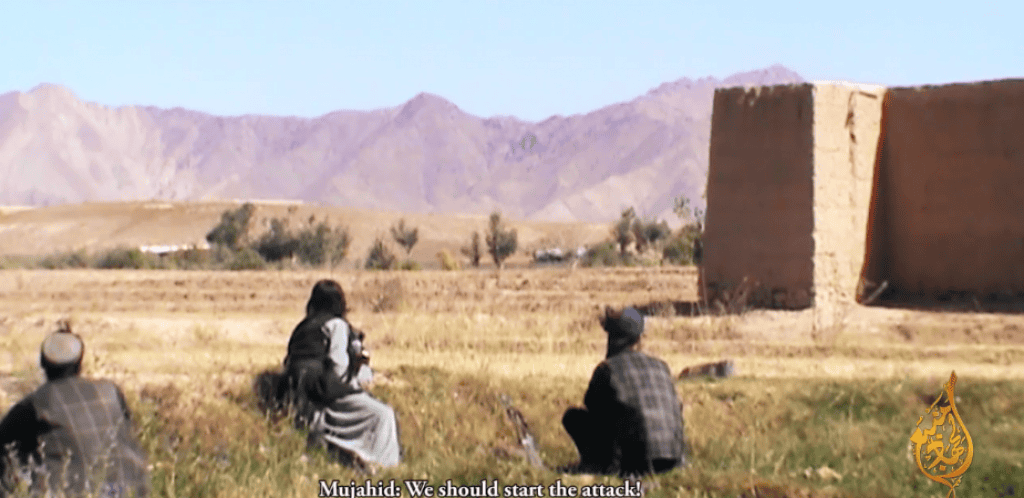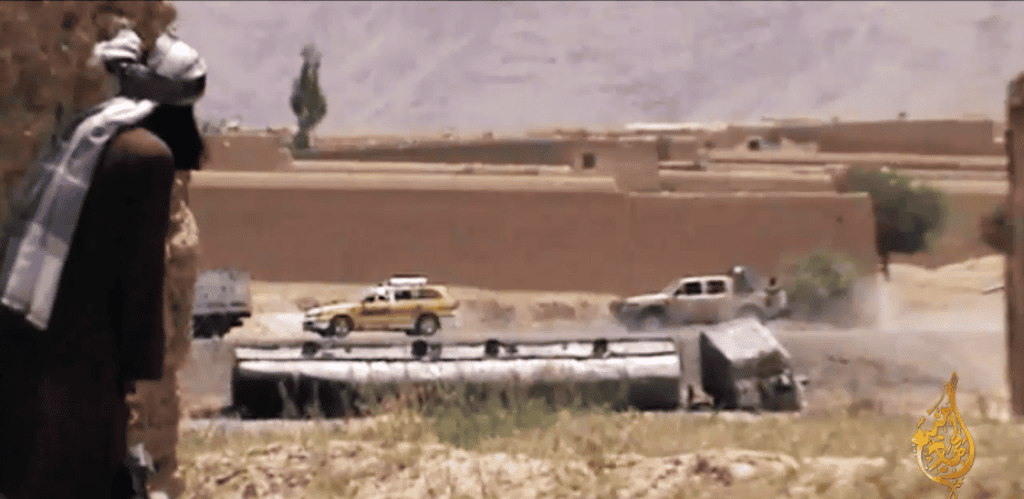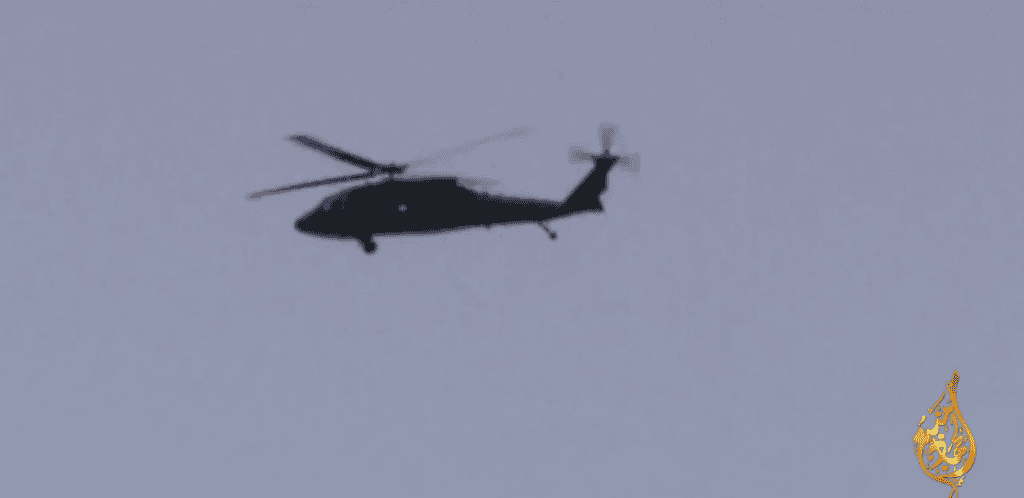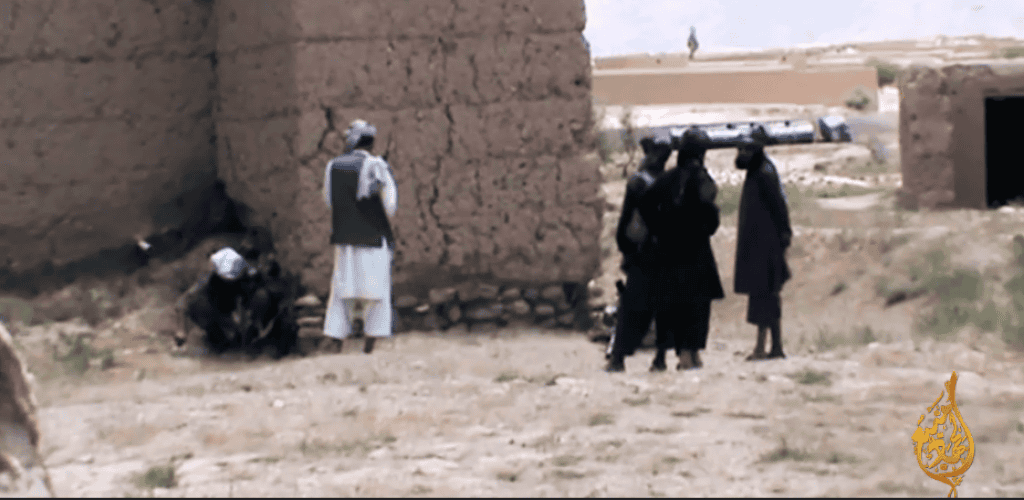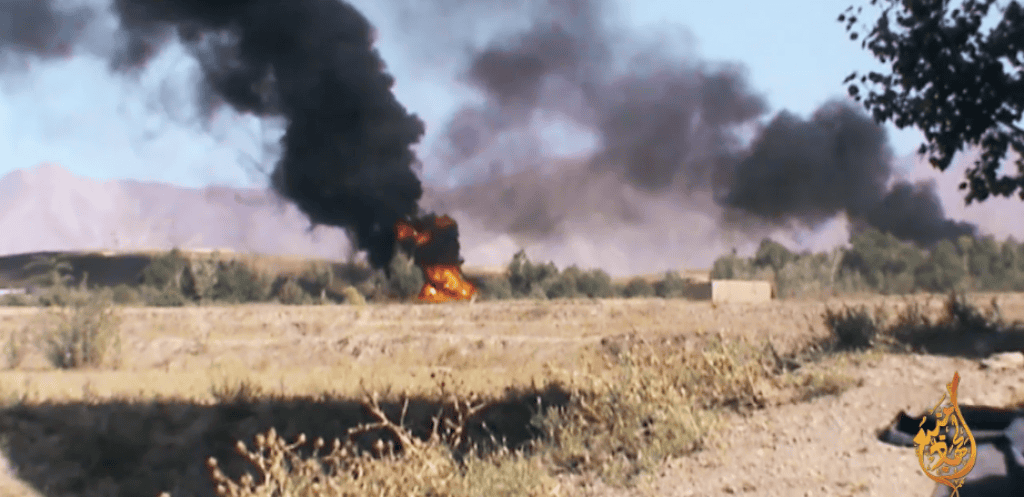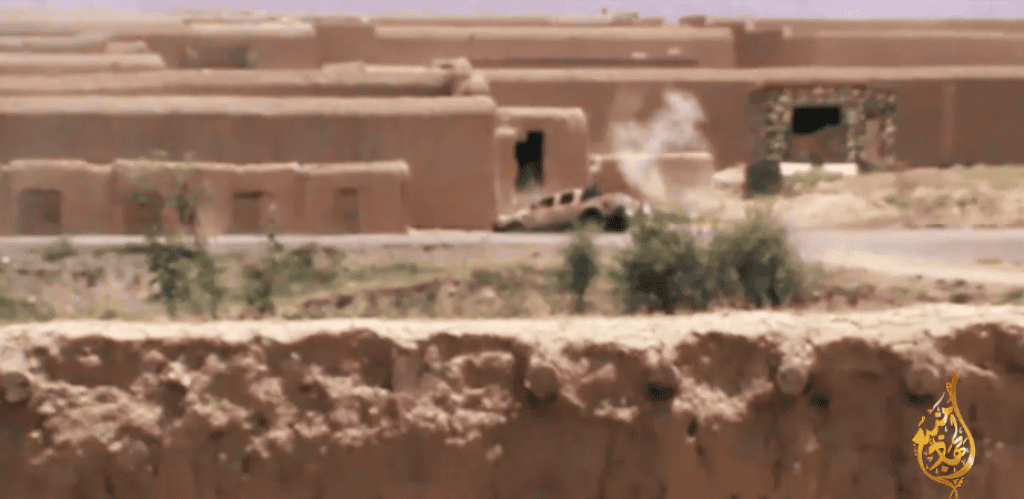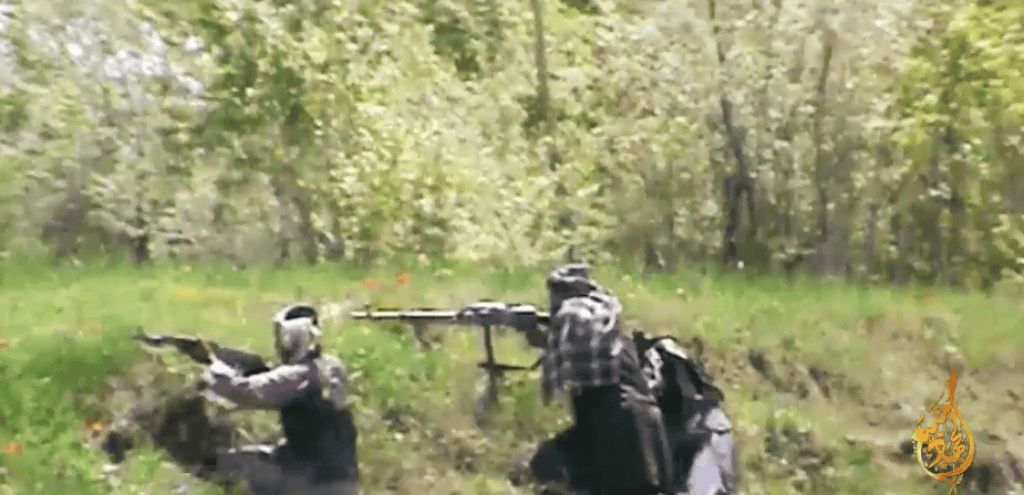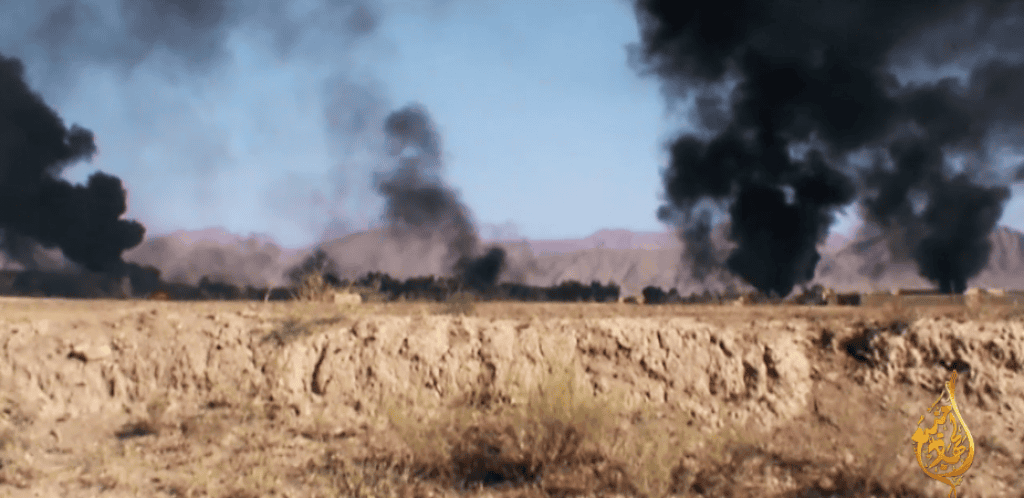Osasto 31
Kapteeni
Pidempi juttu, alku alla: http://www.salon.com/2017/08/08/bla...pany-as-a-model-to-privatize-afghanistan-war/
Blackwater founder Erik Prince cites East India Company as a model to privatize Afghanistan war
President Donald Trump has grown increasingly frustrated with the 16-year long war in Afghanistan and is now weighing a plan to privatize much of the conflict by hiring Blackwater founder Erik Prince, the brother of the Secretary of Education, Betsy DeVos.
After he sold Blackwater, which then rebranded as Academi, Prince became the chairman of Hong Kong-based Frontier Services Group, a logistics and aviation company focused on Africa and South Asia that is backed by China’s state-owned CITIC Group.
Prince now wants to “restructure” the war in Afghanistan, which he described as “similar to a bankruptcy reorganization,” in a USA Today op-ed on Monday.
“By aligning U.S. efforts under a presidential envoy, all strategic decisions regarding humanitarian aid, military support and intelligence become laser-focused on creating a stable, self-supporting Afghanistan,” he argued.
In an interview with CNN’s Erin Burnett on Monday, Prince also insisted more air support was needed, meaning his private air force, something he has been described as having an “obsession” with in the past.
“So, they need government support, they need mentor support and they need air power, all attaching to the Afghan government which doesn’t meet — you guys like to throw the mercenary word around — they’re not mercenary,” Prince told Burnett. He also attended a meeting in the Seychelles with a Russian “fund manager,” but has repeatedly downplayed it.

